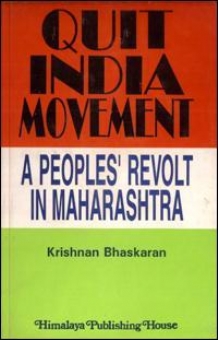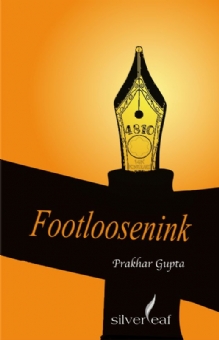Normally historians have emphasised the significance of the Great Rebellion of 1857 in the India`s struggle for freedom. The people`s revolution of 1942 is perhaps more significant in the entire freedom struggle because at not time in Indian history the people at the grassroot loevel were as closely involved in the epic struggle for political liberation as it happened during the 1942 movement.
In this book Dr. Bhaskaran has tried to show the total involvement of the masses in Western Maharashtra at village level in this revolution. There is no work to tell this saga of heroism of the simple Maharashtrian villager who whole heartedly participated in this fight for freedom. Illiterate village folk including women were conscious of the great struggle waged and awaited the result of their endeavour.
Based on archyival sources this authentic story tells vividly the key role played by leaders from Mumbai in running the underground Directorate which monitored the revolution in other parts of India in the abscence of Gandhiji and thus helped in keeping the revolution alive.
The book describes how the incognito Congress Radio handled by a couple of heroic youngsters like Usha Mehta stirred the imagination of the people of India and assisted in encouraging the people to go on with the struggle. Dr. Bhaskaran has done a commendable job in providing a realistic picture of the happenings in the remote parts of Western Maharashtra.
| Book Content of Quit India Movement-A People`s Revolt in Maharashtra | |
Part One: BIOGRAPHICAL SKETCH
Part Two: POLITICAL ECONOMY
Part Three: PLANNING ECONOMIC DEVELOPMENT
Part Four: ECONOMICS OF REGULATION
|
|






